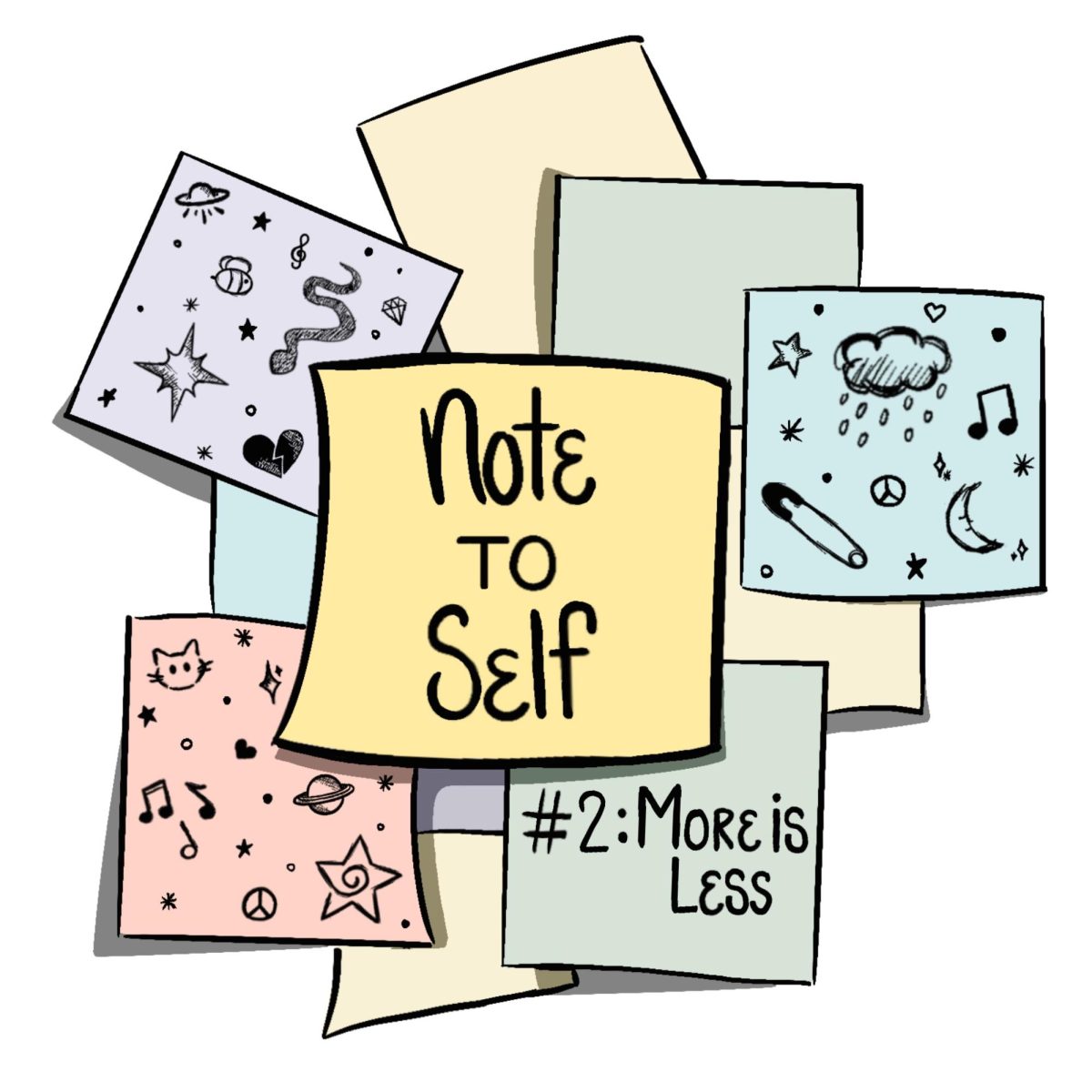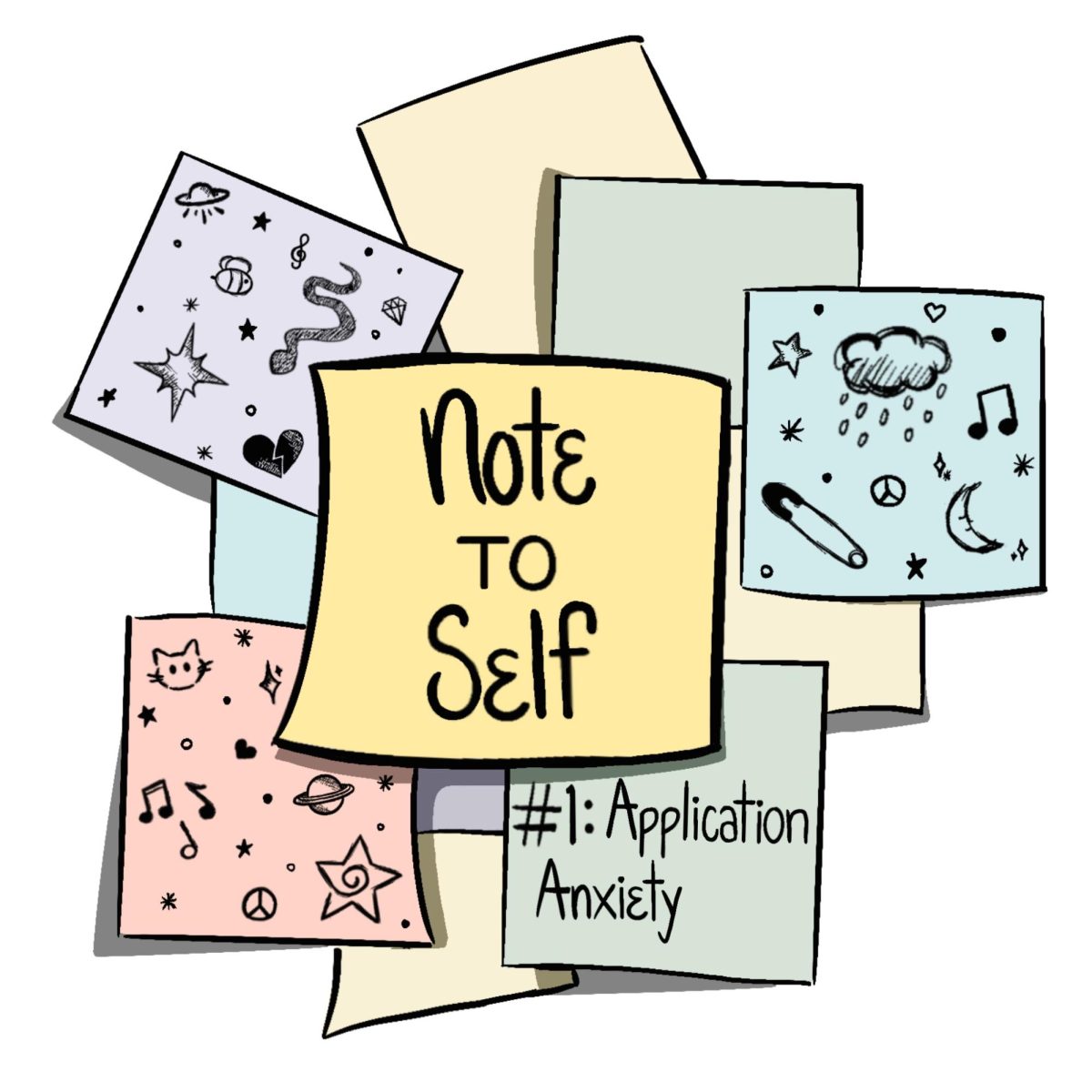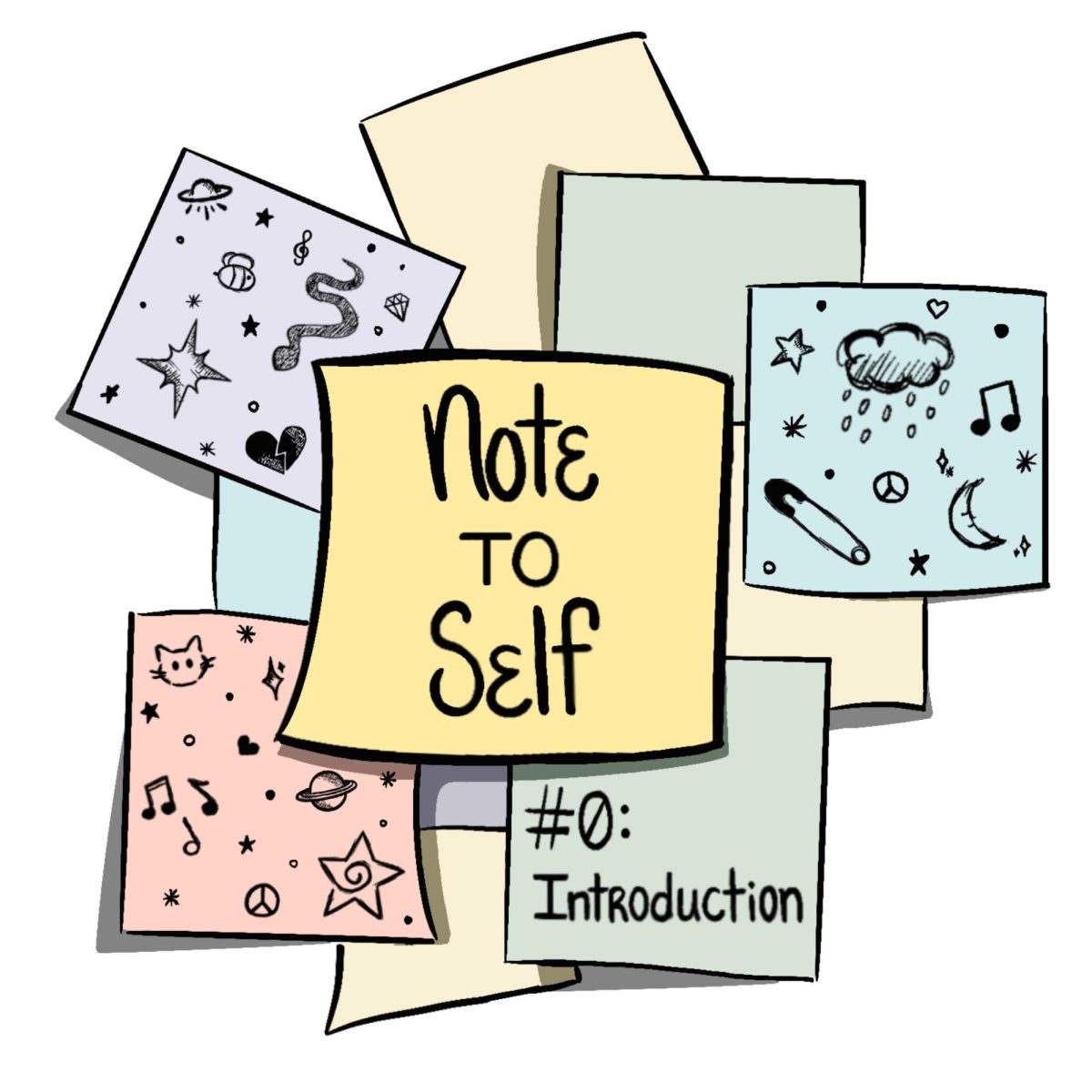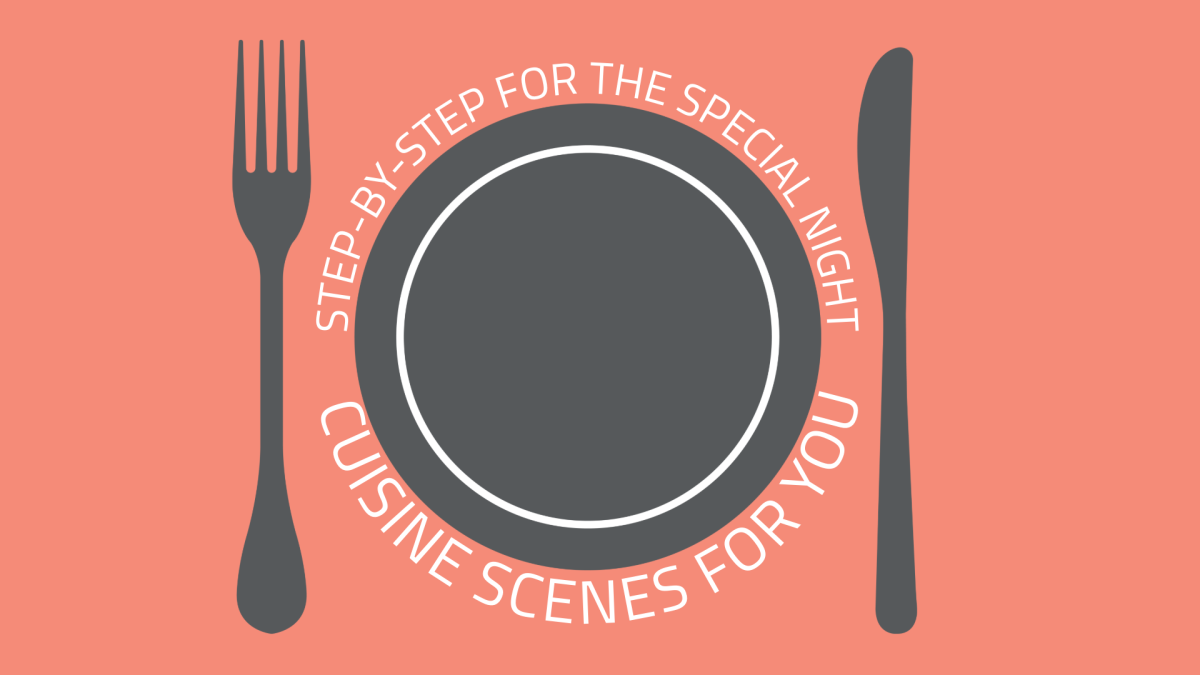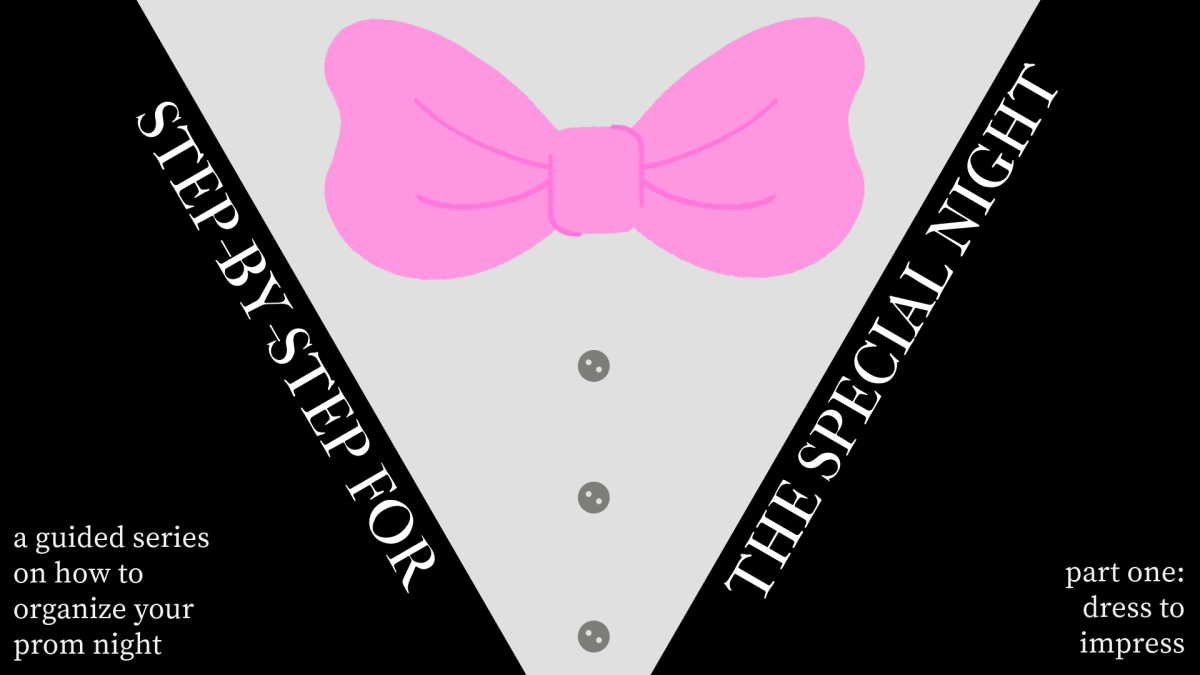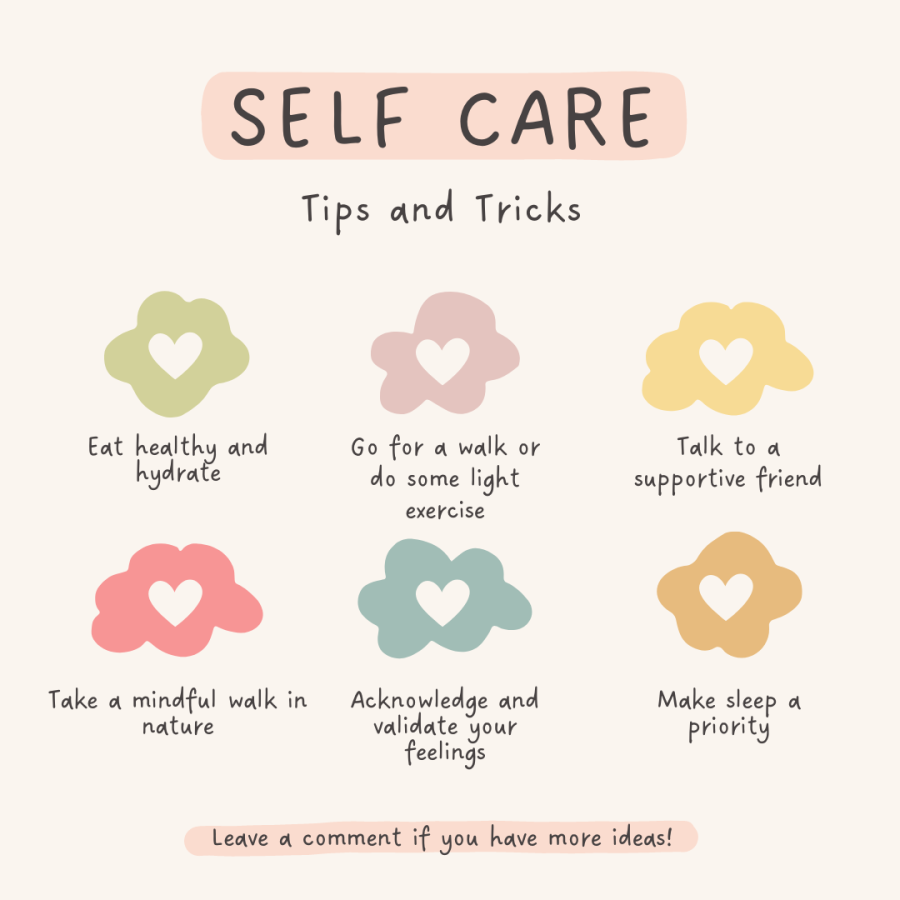Self-Care Spring
Demystifying the Instagrammable self-care trend.
media by River Brown
A graphic depicts tips, tricks, and several methods of self-care.
April 20, 2023
After we’ve cleaned out our houses, gotten rid of old clothes and welcomed in the spring season, there may still be something missing to welcome in the warmer weather.
As we push through one more quarter until summer break, it can be easy to neglect our own well-being. But, unlike low-rise jeans, self-care never goes out of style. Now that warmer months approach, here’s what you can do to make this one a self-care spring.
What is self-care?
In simple terms, take care of yourself. It’s managing your stressors to make your days flow smoothly. It’s taking time to fill up your gas tank, so to speak, so you don’t run yourself into the ground.
Self-care differs from person to person, as not all of the same things will calm everyone down, according to Healthline and Everyday Health.
“Honestly,” Alexandra Larson ‘25 said. “[I think self-care is] just doing something that makes me happy and calm.”
Common Misconceptions
In reality, self-care is a term fairly open to interpretation. Yet as the phrase has become more and more adapted to social media and the internet, stigmas tend to surround it.
“I feel like a lot of people see [self-care] as either being full of yourself,” Amie Husband ‘25 said. “[Or] maybe only caring about your own happiness.”
But, others disagree.
“It’s not selfish to be able to do the things that we need to do to be present and energetic and available to others,” self-care Coach Gracy Obuchowicz said in Healthline.
Even without these strict rules, an additional idea is that one needs money and time to successfully practice self-care. However, by slowly ingraining self-care habits into your life and approaching it with a different mindset, self-fulfilling methods can be learned and practiced in the busiest of schedules.
Another misconception of self-care is that there’s a certain correct way to go about it.
One Healthline article describes a mother’s experience with implementing self-care in her life by taking time to include 20 minutes a day for a walk, a book or other ideas she deemed relaxing. She described herself falling into panic attacks instead of taking time for self-care because she felt these activities were things she “should” be doing, and not what would work for her. She also explains feeling as though she didn’t deserve self-care.
“I struggle with actually taking care of myself sometimes for long stretches of time,” Husband said. “Sometimes I have to force myself to eat and drink because I [tell myself] I don’t deserve it. But I’ve been doing better just taking care of myself.”
For many, self-care may not be taking time to go to the spa but learning to take care of your basic needs.
To make your self-care experience better, it is important to know that not all activities fall under that category. At the same time, self-care certainly isn’t a one-size-fits-all, either. For that reason, it’s important to understand the differences between numbing, self-improvement and self-care.
Self-improvement is the idea of bettering ourselves and aspects of our lives. Often confused with self-care, self-improvement “fixes” issues one has with oneself, requiring work and dedication. While self-care requires a bit of determination as well, the goal is not for it to be hard.
Numbing is practicing behaviors that often look like self-care, but differ in a very important aspect: their enjoyment is temporary. If a problem bothers you, you may be tempted to engage in numbing activities such as overindulging in food, alcohol, television and other methods of distraction, according to Psychology Today’s Susan Biali Haas, M.D.
Self-care is the practice of relaxing and taking time for yourself by engaging in enjoyable and bettering activities. For some, it can be getting a massage, but for others, it may be something entirely different.
When asked what the first thing they thought of when hearing the term “self-care,” students responded with a variety of activities including drawing, listening to music, playing video games and even reminding themselves to take time in the day dedicated to things they like to step away from school.
What next?
Now that the basics are covered, some may wonder how to go about implementing self-care into day-to-day life, especially with a busy schedule. It is important to add small practices into your routine a small bit at a time. That way, the amount of self-care is not overwhelming and you can test out what works for you at your own rate. The other thing to take into consideration is varying your self-care activities, so you get a well-rounded experience, nurturing your physical, mental, and emotional well-being.
The other thing to take into consideration is varying your self-care activities, so you get a well-rounded experience, nurturing your physical, mental and emotional well-being.
“Sometimes self-care is as simple as putting on a documentary you like and drawing on your iPad,” Larson said. “So that’s usually what I do.”
“I usually go to the gym after school,” Patrick Spender ‘23 said. “[The gym] is like a place to just go and de-stress after the day. [I can] just let all of my stress out.”
For more information on how to create a self-care plan, check out How to Make a Self-Care Checklist That Actually Works for You.



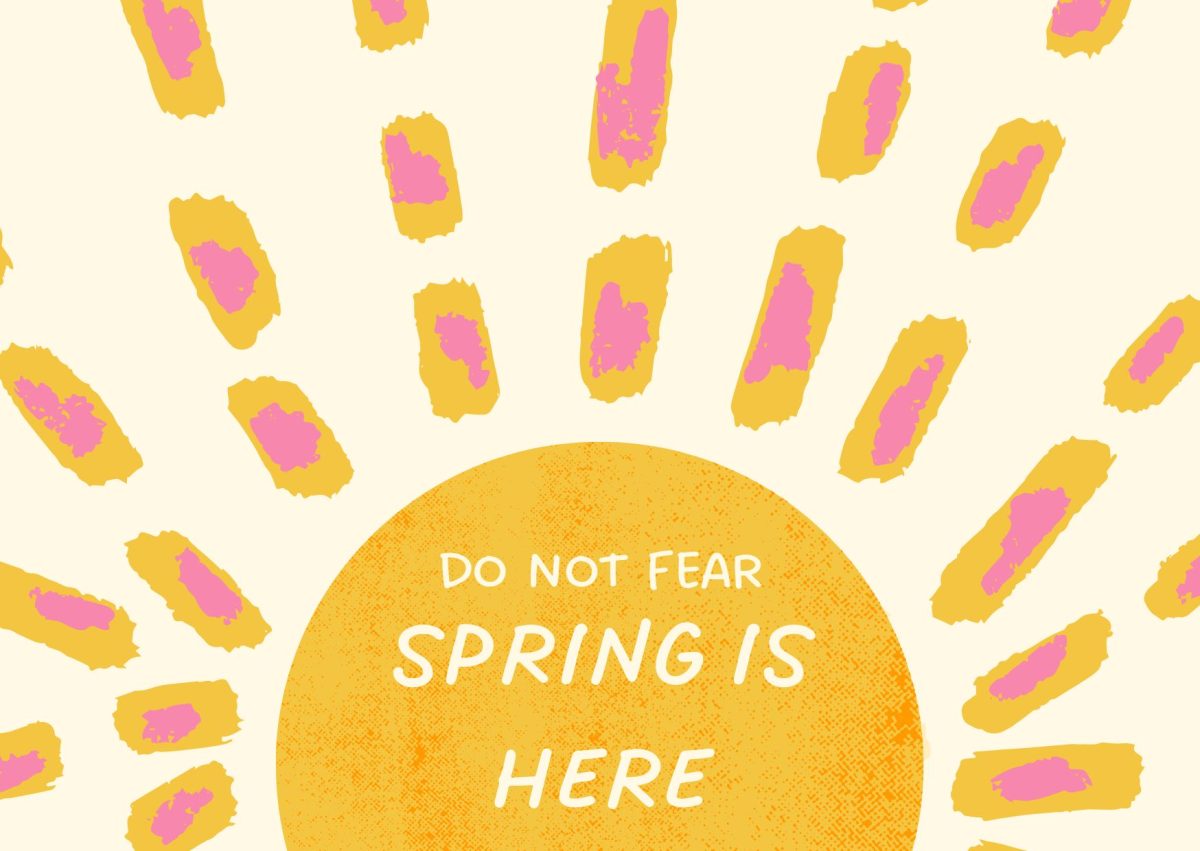




![The winter guard team makes fifth place at the state championship finals in the Denver Coliseum, March 30. The team performed to Barnes Country's “Glitter and Gold,” lead by coaches Margo Sanford, Blair Bickerton and Anna Orgren. In their class there were a total of nine groups participating, and the top five who made it to finals received a plaque. “[Walking onto the stage] is very nerve-wracking, but also very exciting as well. When you first start color guard there's a lot of anxiety and uncertainty when you first perform in front of an audience, but once you've done it for a while, it starts to become the best part of the season,” Ella West ‘25 said. “It's very fulfilling to see an audience react to something you've put your heart and soul into.”](https://rockmediaonline.org/wp-content/uploads/2025/04/Both-socal-media-nd-website-main-1-1200x846.jpg)







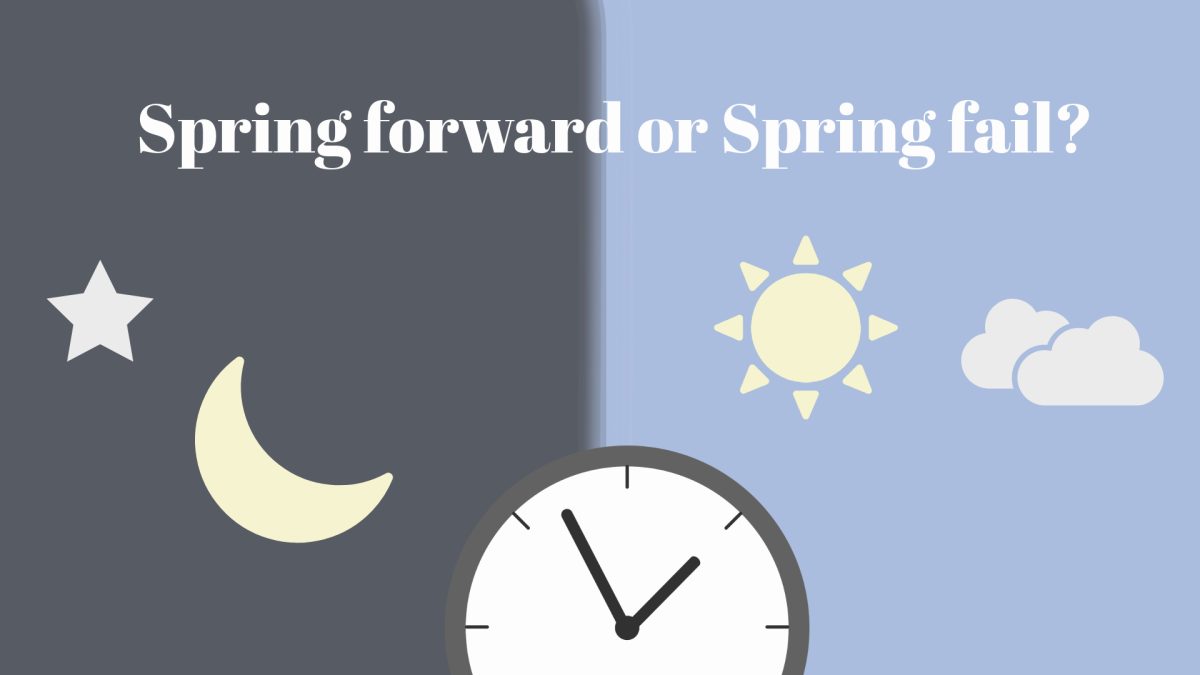
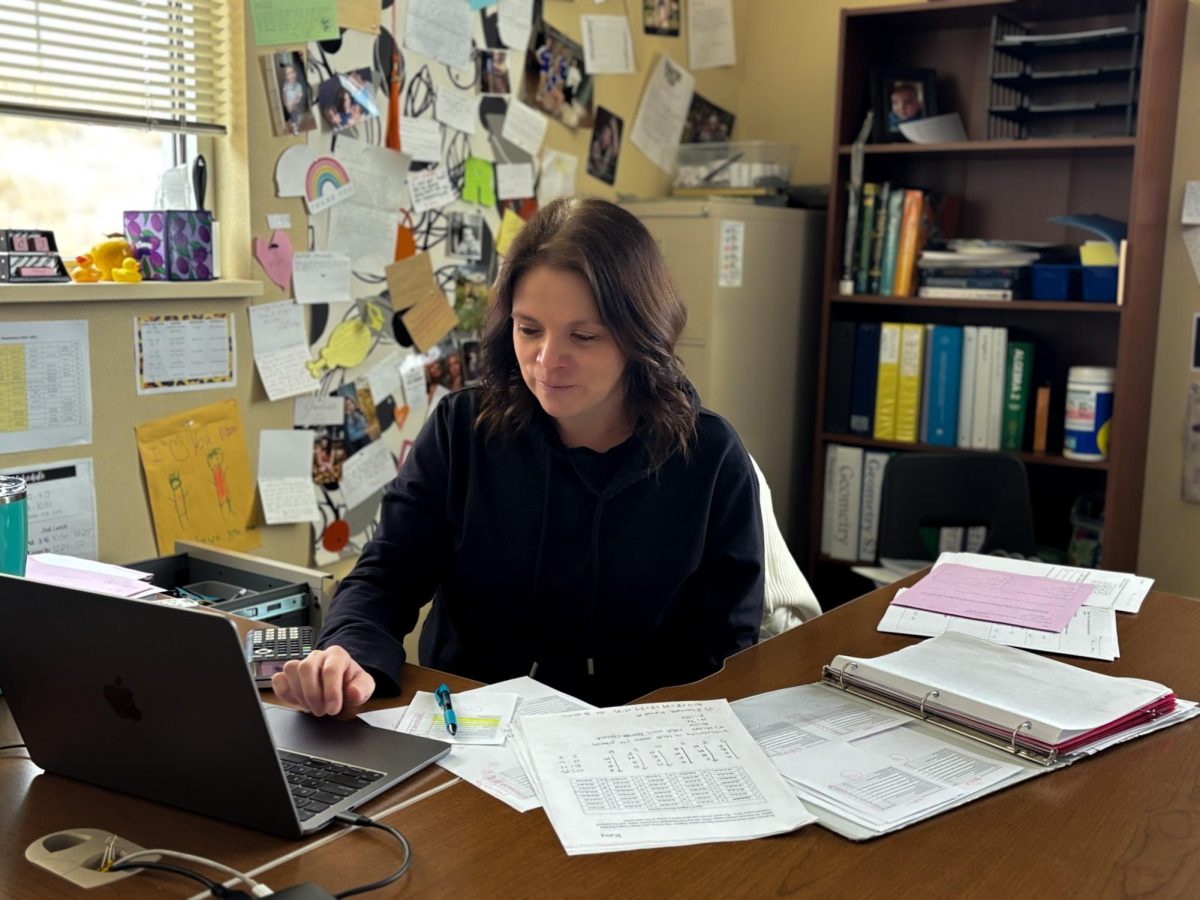






![April marks the 25th anniversary of Sexual Assault Awareness Month, created by the National Sexual Violence Resource Center (NSVRC). This month is to spread awareness of the harassment, assault and abuse that happens around the world. The symbol that represented the month was a teal ribbon; however, some survivors of assault create different symbols and movements like the TikTok trend in 2022, where survivors would tattoo Medusa on their body, in honor of her backstory in Greek Mythology. “I don't think [this month is known] at all. I rarely see anybody talk about it. I rarely see much of an emphasis on posting it online, or much discussion about it, and I feel like there needs to be way more discussion,” an anonymous source said. “I think just validating every experience that a person has gone through, regardless of the degree of it, the severity, is an essential step into making sure that people are aware that this is a very real problem in a society and that we need to do better in addressing it.”](https://rockmediaonline.org/wp-content/uploads/2025/04/IMG_0011-1200x900.jpg)
![Lesbian Visibility Day is April 26, and it’s a holiday to celebrate the lesbian community of the world. Lesbian Visibility day was established in 2008 by many queer activists and organizations who sought to raise more awareness for lesbian history and culture. “So this is why during Lesbian Visibility [Day] we celebrate and center all lesbians, both cis and trans, while also showing solidarity with all LGBTQ+ women and nonbinary people,” Linda Reily, in an article written by her, said.](https://rockmediaonline.org/wp-content/uploads/2025/04/Lesbian-Visibility-day.jpeg)



